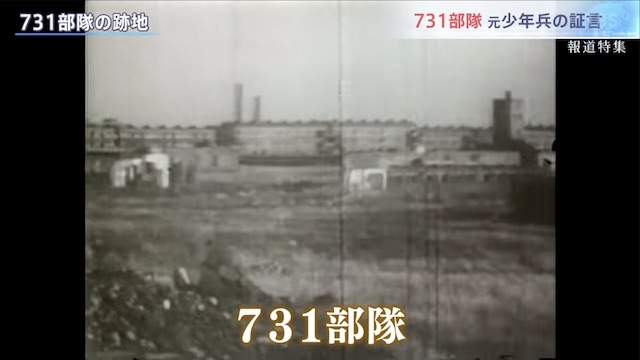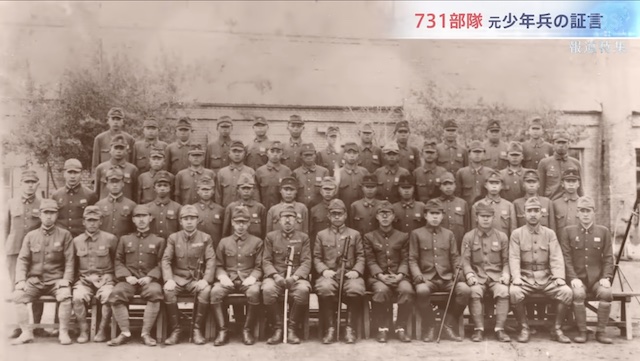Apr 22 (News On Japan) - During each conflict, children are invariably forced into the fray, a grim reality that remains lesser-known from World War II -- Japanese child soldiers involved in developing bacteriological weapons.

Each time war or conflict erupts globally, what we see are the images of children and youths as wounded and vulnerable victims of war. However, it is also true that youths are forced into participation. During World War II, it was not well known that Japanese child soldiers were involved in the development and testing of weapons. Dressed in military uniforms, these boys were brought into Unit 731, a unit created and commanded by Shiro Ishii, a graduate of the Medical Faculty of Kyoto University, known as Unit 731.
Unit 731 engaged in the production and deployment of bio-weapons and conducted human experiments. According to Keiichi Tsuneishi, the first person responsible for Unit 731's research, it is said that between 2,000 to 3,000 people fell victim to human experimentation. Ultimately, under the command of the highest military ranks, a gathering of elite university graduates, doctors, and researchers took place.
Boys as young as 14 were also drafted into this unit. We spoke to one such individual, Hideo Shimizu, now 93, residing in Miyata Village, Nagano. Shimizu vividly recalls the induction into the unit just months before the war ended on March 30, 1945, when even teenagers in Okinawa were being mobilized as 'Human Tanks'.
Shimizu was initially enrolled by a teacher who likely recommended him due to his interest in mechanics, though the exact nature of his duties remained unclear until he arrived at Unit 731's headquarters in Harbin, now in China. Here, his ordeal as a child soldier began, starting with a group photograph in front of a shrine on the day of his enlistment.

Child soldiers were separated and assigned different tasks, including confirming bacteria attached to the anuses of rats.
Shimizu and other child soldiers were also present at the site where Unit 731 was located in China's Harbin, where items used by Unit 731 for weapons experiments and research are exhibited. Various formalin containers were displayed. "What was inside?" Shimizu's eyes were seared with the sight that was arranged in Unit 731's room at the time. "The specimen room was truly horrific," he recounted being told by a superior officer that they were dissected 'Maruta,' a nickname for human guinea pigs.
Despite the passage of decades, the legacy of his harrowing experiences and those of his peers continues to weigh heavily, prompting him to speak out in recent years to educate the younger generation about these atrocities.
Source: TBS















